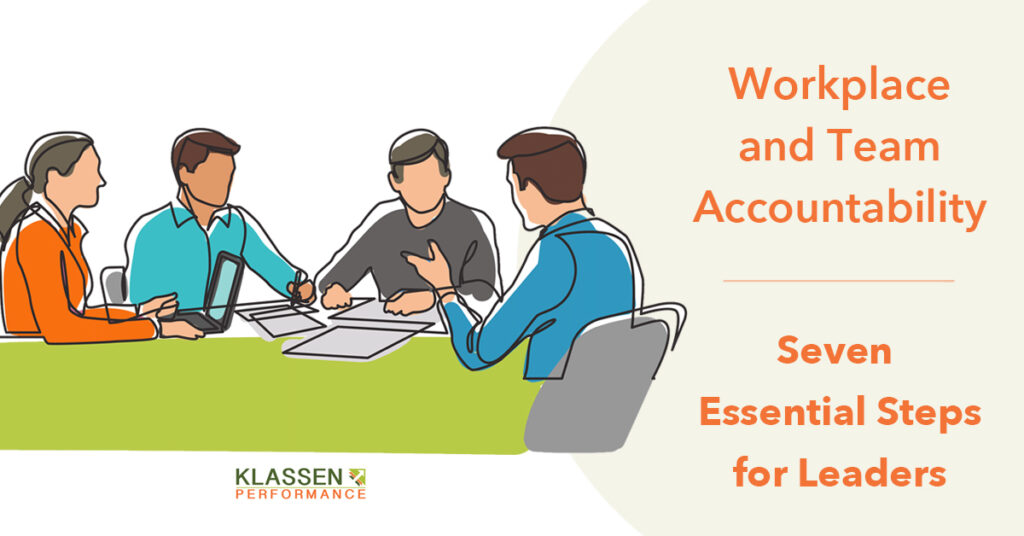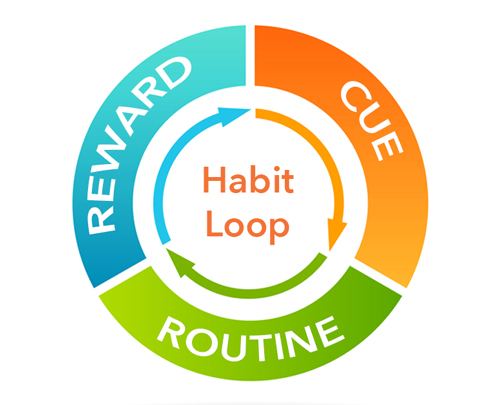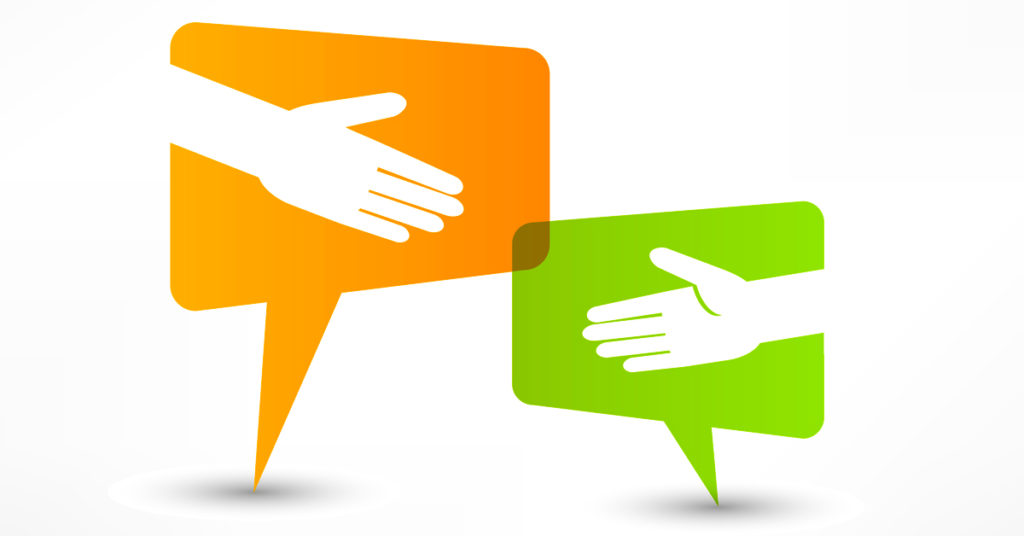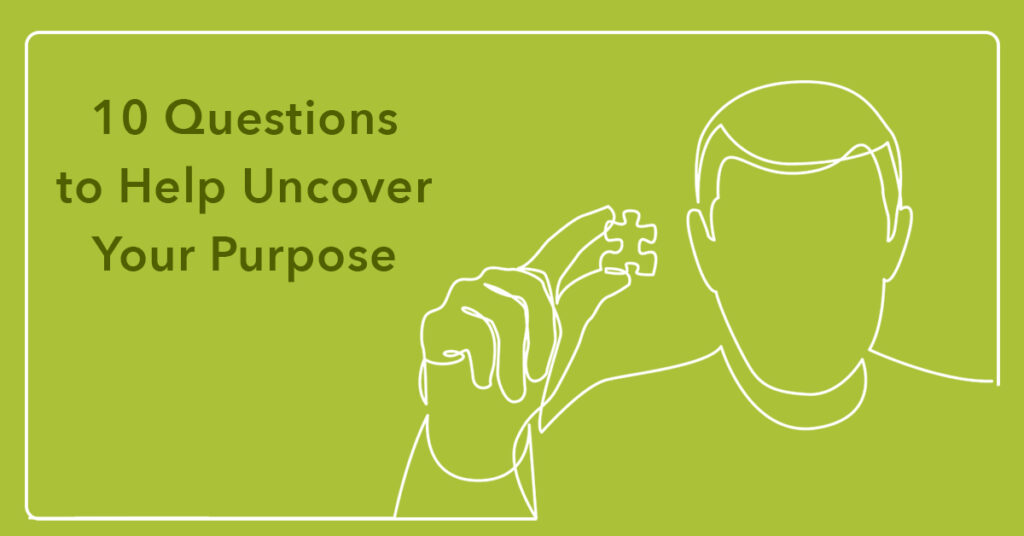
In order for a leader and his or her team to succeed, accountability must be woven into the very fabric of a team and its workflow. This cultivated environment of accountability is a foundational tenet built and fostered by the leader, filtering down to each member of the team.
“[Accountability is] a personal choice to rise above one’s circumstances and demonstrate the ownership necessary for achieving desired results – to see it, own it, solve it, and do it.”
-Roger Conners-
Too often there is a negative view of accountability in organizations. People associate it with consequences for negative behavior or poor performance. When that mindset is left unchecked, it can result in focusing on problems rather than solutions. Often, this leads to frustration and finger pointing among team members, and diverts valuable time and energy away from achieving goals.
How many times have you heard, “It’s not my fault”, or “It’s not my job” or “It’s not my problem”?
Far too many people who don’t get results immediately begin to make excuses, rationalize, or blame others for their performance. A team member lacking accountability is like a car driving with the emergency brake on; it slows the whole team down.
As a leader, it is your job to create the environment that fosters high accountability. Your ability to model high accountability is crucial to building and strengthening a workplace culture & mindset that enables a team to thrive and goals to be met. Creating a set of core beliefs and expectations for accountability doesn’t happen overnight, however, leaders who consistently focus on the seven steps below will get there.
7 Essential Steps In Building Workplace And Team Accountability
1. Begin with clear expectations
Accountability begins, without exception, with clearly defining the results you want and need others to achieve. When your team members know exactly what is expected of them, you have the foundation in place for holding them accountable. Good leaders will make sure that all expectations are clear up front, and understand that when deliverables are not met or uncertainty is suspected, have steps in place to correct the path. Good leaders will make sure that all expectations are clear up front, and understand that when deliverables are not met or uncertainty is suspected, steps must be taken to correct the path.
2. Persist in keeping the solution as the focus
Accountability fosters a mindset of ‘working to become so good that we’ll succeed no matter what is thrown at us’. A leader sets the tone and models this mindset by demonstrating commitment to results, keeping clear expectations front of mind, and steadfastly persisting despite obstacles that will inevitably arise.
As Einstein said, “The significant problems we face cannot be solved at the same level of thinking we were at when we created them.”
Instead of focusing energy on the obstacles that come up, a leader should look toward the goal, and continue encouraging the team to find a way to achieve it. Challenge yourself and your team to ask themselves questions like:
- “What can I do to improve the situation?”
- “What is the first step toward finding the solution?”
- “Who needs to be involved in the solution?”
- “What can we do to get around this obstacle and achieve results?”
3. Make being proactive a habit
Accountable teams, and team members, recognize that they have the ability to influence outcomes, and can anticipate steps to be proactive rather than reactive. It is asking at every turn, as Peter Drucker wrote in ‘The Effective Executive’ 40 years ago, “What can I contribute that will significantly affect the performance and results of the company (project/campaign/etc)”.
By fostering values and expectations where accountability is modeled, visible, and not feared, you create an atmosphere where energy, creativity and productivity will thrive. A culture where each member knows they have contributed toward the whole. Encourage your team to proactively anticipate obstacles and to solve the potential solutions around them.
4. Have the courage to face the unpleasant
An organization will be no bolder than it’s leader. Have the courage to look directly at the unfiltered situation to identify areas of low accountability and then act upon them.
Do any of these situations sound familiar?
- Sales managers who turn a blind eye to top sales people doing questionable things to get the numbers.
- A tough or sensitive conversation with a team member is needed, but it is avoided because it is unpleasant; a ‘maybe it’ll work itself out’ mentality.
- Rather than dealing with the unpleasantness of firing an ineffective team member, that person is transferred to another department.
As an effective leader, keeping your focus on results means that at times there will be situations that require tough actions. Sometimes those actions will require your involvement. Other times it will be holding another accountable by expecting, and then allowing them to face the unpleasant and solve their own problems. A leader can find it difficult to not solve someone else’s problem, especially when they are struggling, but doing so will teach them to be accountable and effective as a team member.
5. Overcome the victim mindset
We all fall victim to circumstances sometimes. It is a feeling of not having any control over your present situation. The problem comes when we don’t pull ourselves out of that helpless feeling that there is nothing we can do.
As a leader, it is your role to watch for and recognize when this victim mindset is settling in. Listen for questions such as “Who dropped the ball?”, or “Why don’t others work harder?”, or “Why do they make it so difficult for me to do my job?”
Recognizing this mindset trap and taking steps to steer the team back to one of expected accountability is important. A leader can help the team remember that while there are circumstances beyond their control, they still have choices. Help them see what their choices are and take steps toward getting back on track.
6. Find answers, not excuses
Accountable leaders don’t tolerate excuses from anyone, even themselves. Sometimes things come up that prohibit you from getting done what you need to do. If that happens, the expectation, both from yourself and from your team, is that each will have in mind or be formulating a solution rather than an excuse. For example:
- Rather than accepting the excuse for poor sales figures for a given time period, expect a plan to avoid that same performance again.
- Rather than accepting the reason why a project was not completed on time, expect the conversation will also include new time frames and any other anticipated concerns.
As a leader, accepting an excuse fosters low accountability from your team members. Expecting that an excuse will be presented as a reason, accompanied by a plan, fosters high accountability.
7. Never waste energy blaming others
There is an old saying: “A poor sailor blames the wind”. Blame is a tool that can be used to explain away poor performance and allow yourself and others to become content with it.
A leader must strive to keep the focus of any problem or issue on the solution and forward movement rather than focusing on blame.
One company President said:
“Accountability is everyone working together so that we don’t drop the ball; but when it does get dropped, everyone dives for the ball to pick it up.”
He went on to say, “Unfortunately, too many of our people see the ball land on the ground between players, but react by saying, “That was your ball.”
Strong accountability is something that an effective leader is responsible for inspiring in his team with clear and tangible demonstrations of their own accountability. Doing so will go far in creating an environment of accountability where expectations are clear, the focus is on results, and each team member is energized to be productive. It is a lot easier to preach accountability than it is to practice it. To practice it effectively, you need to just take it one step at a time.
To find out more about how your team can build and cultivate high accountability for success, contact Dr. Heather Johnson today.
NEW: Explore our selection of Online Courses and Webinars
—————
 Dr. Heather Johnson is an internationally recognized speaker with extensive experience developing leaders. With a doctorate in Psychology and over 20 years of business experience, she works with leaders to quickly identify individual and team performance obstacles and develops customized solutions that lead to rapid change and lasting results. Heather facilitates public and in-house workshops that deliver personalized, practical, and immediate results. Some of her most requested topics are: Influence, Emotional Intelligence, Team Building, Communication, and Strategic Planning. For more information call contact us here or call 651-210-6021.
Dr. Heather Johnson is an internationally recognized speaker with extensive experience developing leaders. With a doctorate in Psychology and over 20 years of business experience, she works with leaders to quickly identify individual and team performance obstacles and develops customized solutions that lead to rapid change and lasting results. Heather facilitates public and in-house workshops that deliver personalized, practical, and immediate results. Some of her most requested topics are: Influence, Emotional Intelligence, Team Building, Communication, and Strategic Planning. For more information call contact us here or call 651-210-6021.












